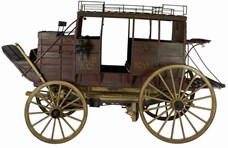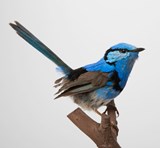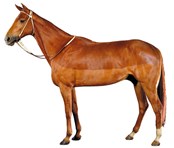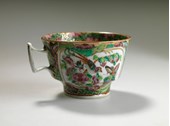Am I living?
Living things have basic needs, including food and water, but how do you know when something is living or non-living?
All living things can move, grow, respire, sense and respond to their environment and reproduce. They also need nutrients and excrete their waste. Exploring living versus non-living with young students can uncover students' prior knowledge, including that some students may already hold sophisticated views.
The images along with the first series of questions help to explore the range of views held by students by using an assortment of living, non-living and once-living things.
Learning outcomes
In this activity children will:
- discuss what it means to be living versus non-living
- describe their ideas about their own basic needs
- respond to questions about familiar objects
- share their observations and ideas.
Engage
- Which of these items are living? Which are non-living?
- Were any of these once alive?
- How can you tell if something is living?
- Which ones are animals? Which ones are plants? Which ones are neither?
Explore
- What words would you use to describe something that is living?
- What words would you use to describe something that has never been living?
- Some things in these pictures were once alive. What words would you use to describe them?
- Is there anything that all living things have in common?
Explain
Living things are able to respire, grow, respond to environmental stimuli and reproduce. But some non-living things grow, like a crystal, or respond to their environment, like a windmill. And some characteristics of living things are not visible, such as plants respiring or responding to light. But all life has basic needs such as food and water.
Elaborate
- Classify things found in the classroom into living or non-living.
- Grow plants or keep a pet insect. Compare the things that are similar or different in their basic needs. Or observe how the plants respond to light when placed in different areas.
- Have each student draw what they think their basic needs are and discuss their ideas.
Evaluate students' understanding
- Start the unit with the students drawing their ideas about what their basic needs are, then at the end of the unit have the students redraw their ideas and see what has changed.
- Students could do a show-and-tell to the class and share their observations of a living thing, like an animal, and explain what they think its basic needs are.
- Have students self-reflect on classifying living and non-living. You can do so by asking them the following questions:
- What questions do we need to ask, to declare that something is non-living or living?
- Why is it important to know what is living and non-living?


















